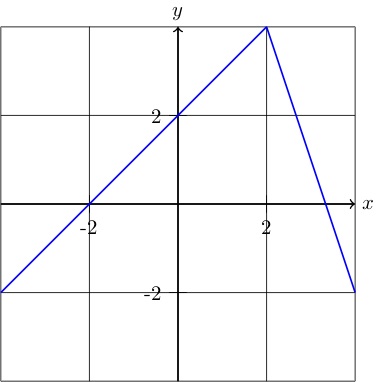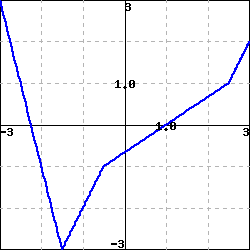Say that an investor is regularly purchasing stock in a particular company. Let \(N(t)\) represent the number of shares owned on day \(t\text{,}\) where \(t = 0\) represents the first day on which shares were purchased. Let \(S(t)\) give the value of one share of the stock on day \(t\text{;}\) note that the units on \(S(t)\) are dollars per share. To compute the total value of the stock on day \(t\text{,}\) we take the product
\begin{equation*}
V(t) = N(t) \, \text{shares} \cdot S(t) \, \text{dollars per share}\text{,}
\end{equation*}
Observe that over time, both the number of shares and the value of a given share will vary. The derivative \(N'(t)\) measures the rate at which the number of shares is changing, while \(S'(t)\) measures the rate at which the value per share is changing. How do these respective rates of change affect the rate of change of the total value function?
To help us understand the relationship among changes in \(N\text{,}\) \(S\text{,}\) and \(V\text{,}\) let’s consider some specific data.
Suppose that on day 100, the investor owns 520 shares of stock and the stock’s current value is $27.50 per share. This tells us that \(N(100) = 520\) and \(S(100) = 27.50\text{.}\)
On day 100, the investor purchases an additional 12 shares (so the number of shares held is rising at a rate of 12 shares per day).
On that same day the price of the stock is rising at a rate of 0.75 dollars per share per day.
In calculus notation, the latter two facts tell us that \(N'(100) = 12\) (shares per day) and \(S'(100) = 0.75\) (dollars per share per day). At what rate is the value of the investor’s total holdings changing on day 100?
Observe that the increase in total value comes from two sources: the growing number of shares and the rising value of each share.
We expect the total value of the investor’s holdings to rise by about $720 on the 100th day.




